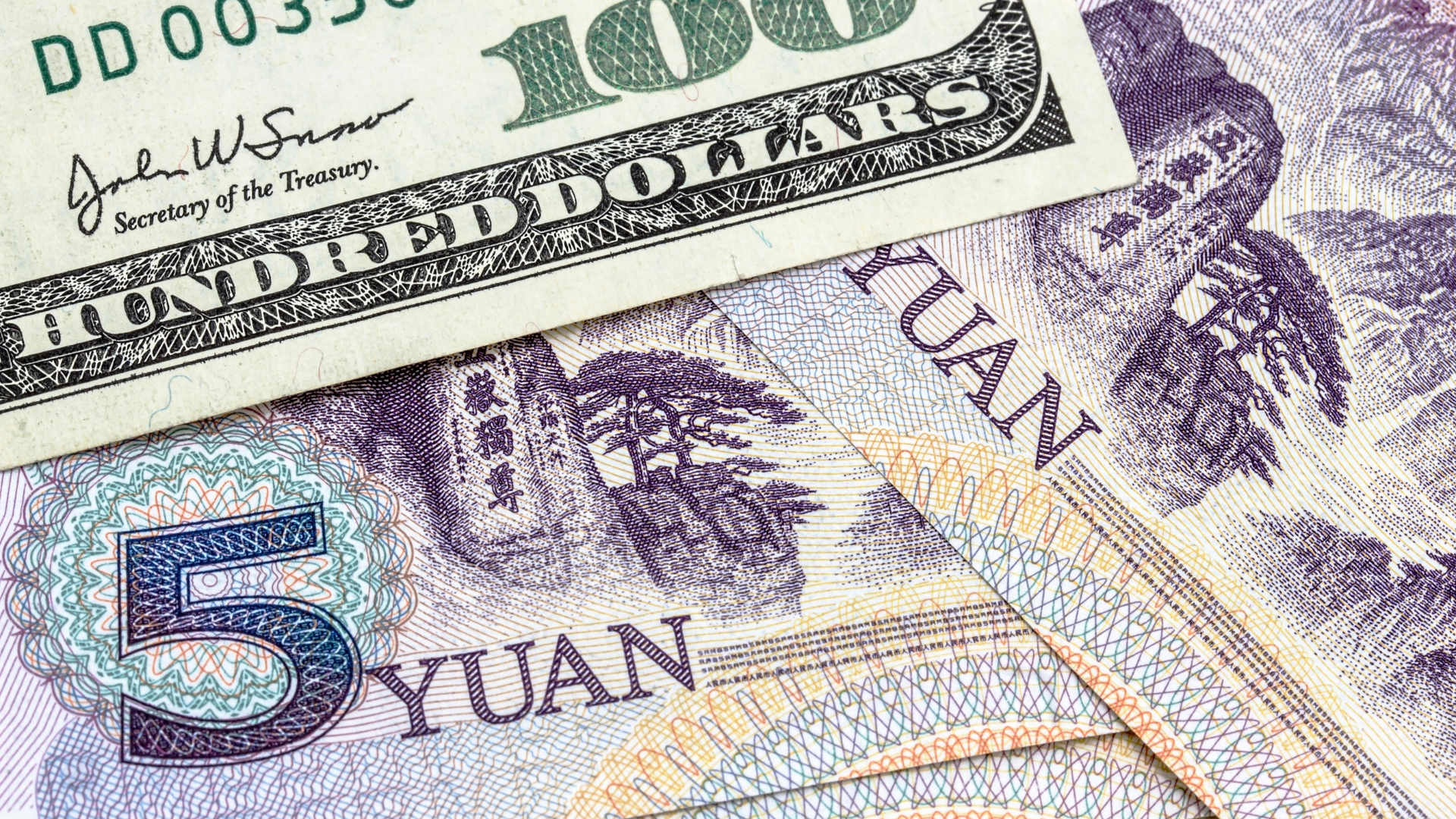The U.S. dollar weakened against the Swiss franc on Thursday, with USD/CHF slipping toward 0.9025 as global trade tensions and a softer greenback pressured the currency pair. Rising concerns over economic uncertainty and shifting monetary policy expectations further fueled demand for the safe-haven Swiss franc.
The move lower comes as trade disputes between major economies intensify, raising concerns over potential disruptions to global supply chains and economic growth. Investors have responded by shifting toward lower-risk assets, benefiting the Swiss franc, which is traditionally seen as a safe-haven currency during periods of uncertainty.
Meanwhile, the U.S. dollar faced modest weakness, weighed down by expectations that the Federal Reserve may be approaching the end of its rate-hiking cycle. While recent economic data suggests resilience in the U.S. economy, signs of slowing inflation and weaker consumer spending have led markets to speculate on potential policy adjustments later this year.
The Swiss National Bank (SNB) has also played a role in supporting the franc, maintaining a relatively hawkish stance on inflation compared to other central banks. While the SNB has signaled it will monitor economic conditions closely, the perception of tighter monetary policy has helped keep the Swiss currency firm.
From a technical perspective, USD/CHF now tests key support near 0.9000, a level that could determine the next directional move. A break below this zone could open the door to further losses, while a rebound might see the pair testing resistance around 0.9075.
Looking ahead, traders will watch for U.S. economic data releases, including inflation and labor market reports, which could influence the dollar’s direction. Meanwhile, any further escalation in trade tensions or geopolitical risks could continue to favor the Swiss franc, keeping pressure on USD/CHF in the near term.













